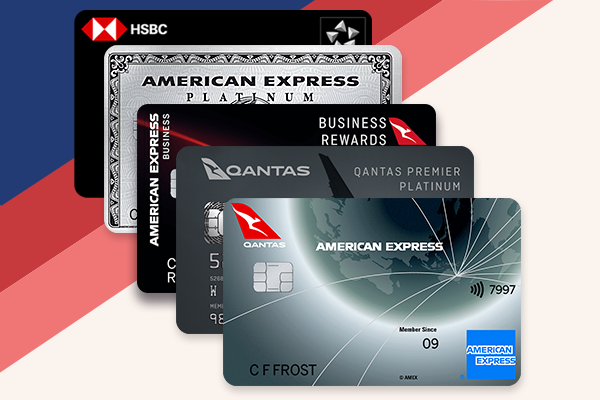IME the best way to soothe the baby is by feeding them. The sucking motion has a calming effect. This feeding/suckling motion probably has the effect of popping their ears. (I have no idea how it would be at all possible to pop a baby's ears for them as a parent.) I've only taken babies on domestic flights, so a bit shorter then international. However, I have experienced other babies being quite upset on international filights and the parents have been doing very little feeding.
Yes, feeding is the trick. Breastfeeding works well. Time the feed for just after take-off and again about 20 mins before landing or just after top of decent. Since the very small infant is going be held during these times anyway (cannot use bassinet during take-off and landing) its generally a simple process to feed at this time (at least for the mother!).
Change the nappy regularly since you never know just when its going to be filled with nasty stuff and how that will be timed with an extended seatbelt sign illumination.
Remember that infants lose a great deal of their warmth through their and head hands and feet. Keep them well rugged up even if you feel comfortable. A bonnet/beanie is helpful as are socks for the feet at all times.
Carry all you may need, include a spare blanket (you never know when the infant will decide they need to purge their internals and make a mess on their blanket), change of clothes etc.
Know your baby as best you can so you can best identify the cause of crying and disruption. Are they crying because they are uncomfortable due to dirty nappy? Are they hungry? Do they have a pain in the tummy? Do they need to have a good burp (not blurp). Are they just over-tired and need to sleep?
Talk to your doctor about the best medications to carry. Some may need a letter from your doctor to carry into some countries. Consider things like low-dose paracetamol, Phennergan etc. But do follow your doctor's advice on these things. Note that whilst Phennergan is an antihistamine, it will promote tiredness in most infants, but can have the opposite affect in some. It is handy for drying up mucus/phlegm etc but need to be careful with dehydration as this drying affect in combination with the low humidity of an aircraft cabin should be considered. Again, you doctor is the best place for advice.
A light-weight carrying device is handy for getting through airports. We have used a few different things. We first had a small carry bed with handles. Looks a little like a duffel bag and zips up to keep the baby snug. For out fourth, Mrs NM had a sling type device that was very well designed and flexible and held the small baby easily. Just make sure the infant is used to whatever you use so they feel comfortable and are happy to sleep. Keep is light and easy to carry. It will likely come in handy during the land portion of the trip anyway. The original carry bed we had was used as the baby's sleeping quarters in many hotel rooms and other accommodation places. We used it all the time even when not travelling, if just visiting friends houses etc.
These days people tend to use their car capsules for this purpose, but they are way too heavy and bulky for carrying around especially through an airport etc. If taking your own car restraint on the trip, check it in with you luggage and have something small and light for use during the trip. Older children who are able to sit in a car seat may be better off with the seat on-board, but I am talking here about really small babies.














